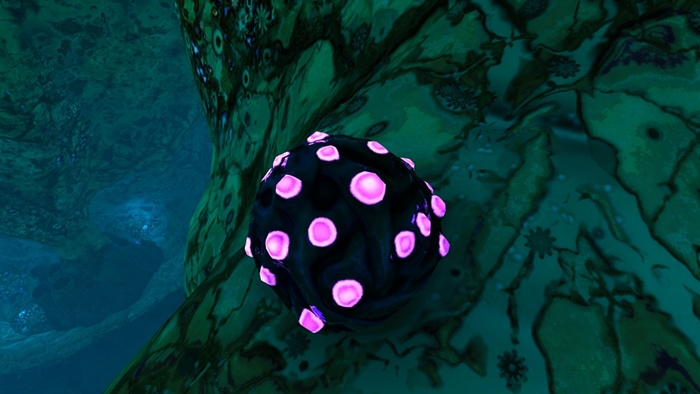

Given their sparse population, mating and egg-laying were likely infrequent, perhaps a once in a lifetime event. Offspring would likely split off at a young age to form their own herds elsewhere. Family size would be strictly limited by available food supply. This creature likely lived and moved in small herds around the planet's ocean trenches, coming to the surface to feed off the huge volumes of microorganisms in the shallower waters. Source: Scan Ray Species in the Disease Research FacilityĪvailable biological data has been used to synthesize the effects of the alien bacterium on the sea emperor's natural lifecycle. While some rays have stayed within the limits of the cave systems where they first evolved, others are relatively more recent adaptations to new environments, likely the results of overpopulation.Īll of the rays on 4546B have given up predation in favor of herbivorous scavenging, and use poisonous flesh to protect themselves. A fast and fearsome stalker of small creatures in the dark.
#Subnautica console commands thermal plants skin
It would have most resembled the ghostray in size and appearance, with translucent skin for camouflage and forward-mounted eyes for hunting. The 'alpha ray' would have evolved deep in the ocean trenches, quickly growing in line with available food supplies. Ghostrays, jellyrays, crimson rays and rabbit rays likely all share a common evolutionary ancestor.

The specimens are 99.99% genetically identical to those encountered on the planet today, suggesting that rays in particular have undergone little evolutionary mutation in the past millenium.

Different species of ray indigenous to 4546B, each adapted to different environments.


 0 kommentar(er)
0 kommentar(er)
